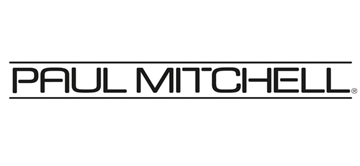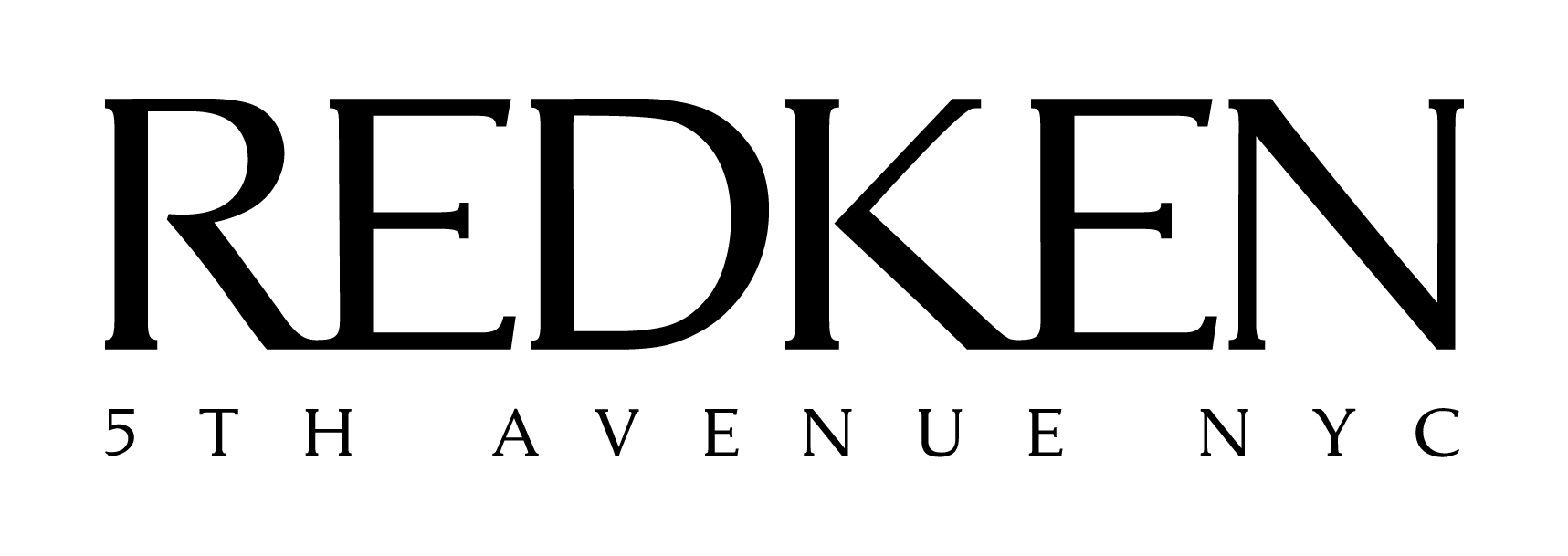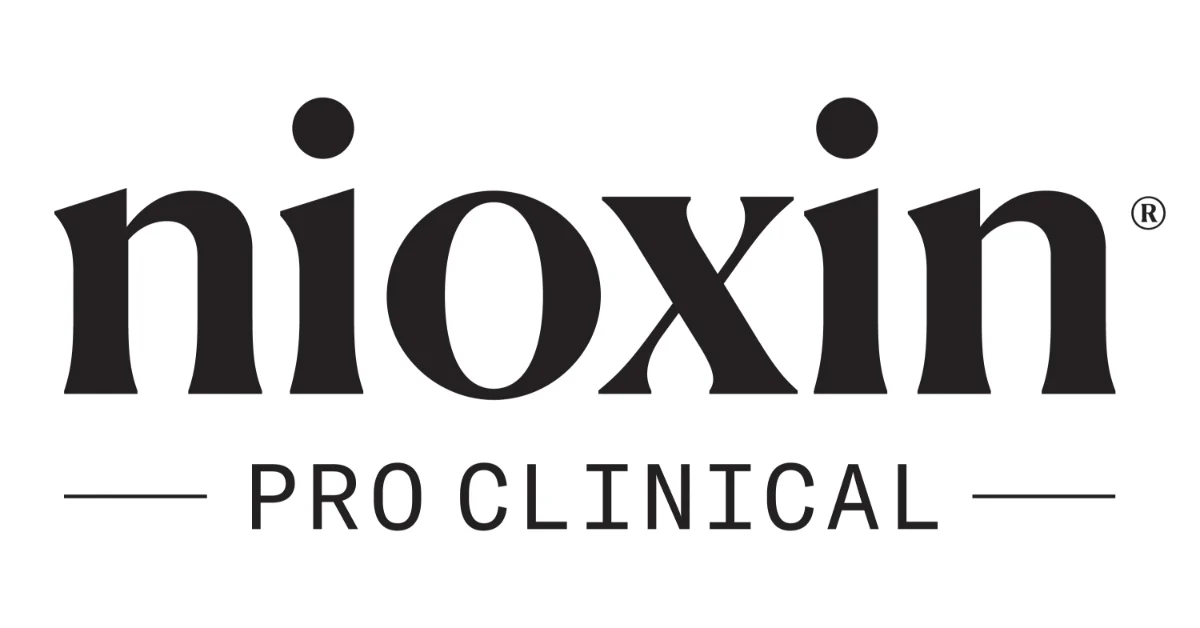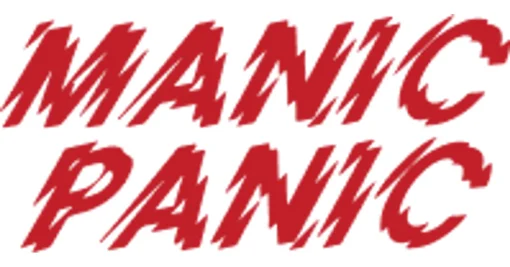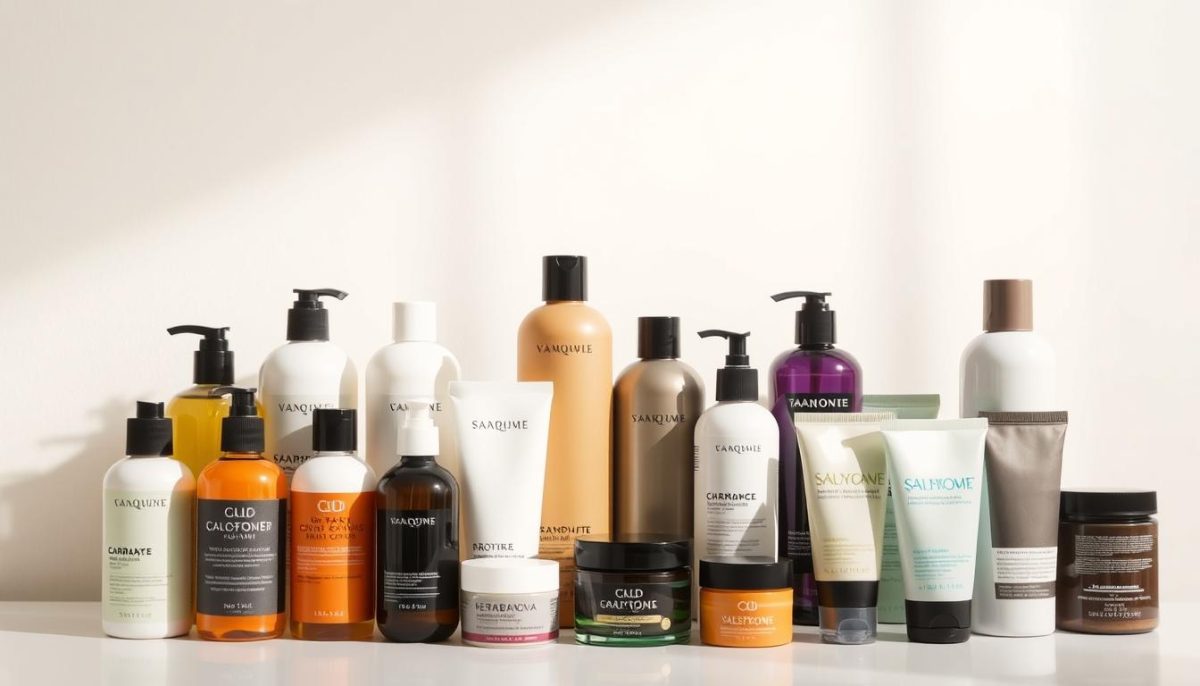FAQs, Hair Treatments, Hare Care, Style
Which Products Work Best for Curly, Straight, or Textured Hair?
Ever wondered why products that work for your friend’s curly hair don’t do much for your straight hair? It’s important to know our hair type to pick the right products. Whether it’s curly, straight, or textured hair, understanding our specific needs can change our hair care game. This will lead to bright, healthy-looking hair. We’ll look into how to recognize our hair type and find products that truly benefit us.
Key Takeaways
- Understanding your hair type is essential for effective hair care.
- Curly, straight, and textured hair each requires specific products.
- Choosing the right products can significantly improve hair health.
- Styling techniques differ based on hair type.
- Regular assessment of our hair needs can foster better care routines.
Understanding Different Hair Types
It’s really important to know our hair types to look after it well. Hair is generally straight, wavy, curly, or coily. Each type has its own traits because of the way it’s built. By understanding these, we can choose the best products for our hair.
The Science Behind Hair Structure
The shape and layout of our hair strands tell a lot about its structure. Straight hair usually doesn’t have bends or waves and feels soft. On the other hand, if your hair has curls or coils, it might need more care and moisture. Knowing our hair’s structure helps us find perfect products for it.
How Hair Type Affects Product Choice
Different hair types need different products for the best care. For example, curly hair loves moisture-rich products to control frizz and add bounce. Straight hair goes well with light products that keep it shiny but not heavy. By figuring out our hair’s texture, we can pick the right stuff to make our hair look great.
Identifying Your Hair Type
Understanding our hair type is key to taking proper care of it. It helps us pick the right products and techniques. Through simple tests, we can find out if our hair is straight, wavy, curly, or coily.
Simple Tests to Determine Your Hair Type
At home, we can try a few simple tests to figure out our hair type:
- Wash and Dry Test: After washing our hair with a gentle shampoo, let it dry naturally. Then see how it looks. Straight hair will be sleek, wavy hair will have a soft curve, curly hair will create clear spirals, and coily hair will form tight coils.
- The Elasticity Test: Gently pull a small hair section. If it springs back well, it’s strong and healthy.
- Strand Thickness Test: Take a single hair to feel its thickness. Fine hair is almost invisible, while medium to coarse hair feels thicker.
Common Characteristics of Hair Types
Each hair type has its own unique features:
| Hair Type | Characteristics |
|---|---|
| Straight | Sleek, smooth, easily shines, but lacks volume. |
| Wavy | Soft bends, casual texture, falls beautifully. |
| Curly | Clear spirals, needs moisture and style products. |
| Coily | Tight patterns, dense, needs careful hydration. |
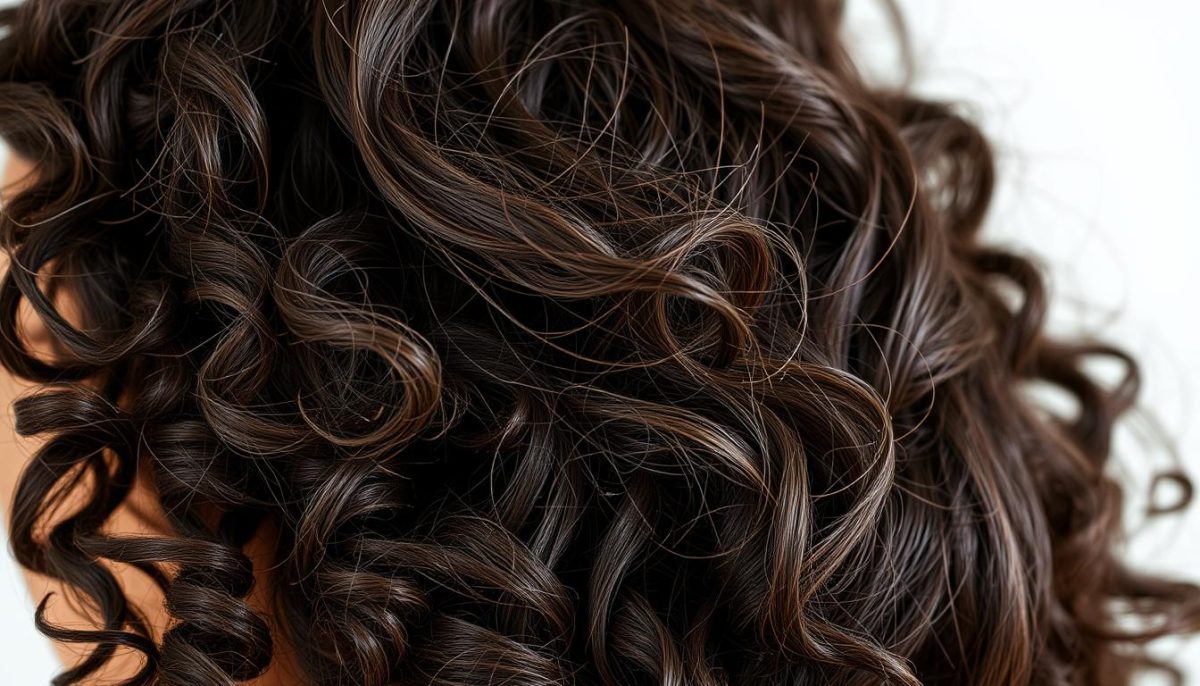
Curly Hair: Embracing the Curls
Curly hair is both beautiful and a bit of a challenge. The key is the right care routine. This unlocks the beauty of our curls. We need to find the best products to feed and shape them. Let’s dive into top product tips and styling tricks to keep our curls looking great.
Best Products for Curly Hair Care
Finding the right products is key for great curly hair care. Look for creams that boost curls and conditioners that fight frizz and define curls. Here are some top picks:
| Product | Description | Best For |
|---|---|---|
| DevaCurl SuperCream | A versatile cream that hydrates and defines curls without weighing them down. | Loose to Medium Curls |
| Ouidad Advanced Climate Control Gel | A lightweight gel that provides hold while protecting curls from humidity. | Frizz Control |
| Cantu Coconut Curling Cream | A rich cream that enhances curls, leaving them soft and manageable. | Dry and Coarse Hair |
Styling Techniques for Defined Curls
Styling curls properly can make a huge difference. Try the “pineapple” method for less frizz. Here, we put our curls on top of our head with a scrunchie at night. This keeps curls shaped and less frizzy. Using a diffuser to blow-dry can also increase curl definition and fullness.
Common Mistakes to Avoid with Curly Hair
Not keeping curls moisturized is a big mistake. Curls need lots of moisture to look good. Skipping conditioner or using products with alcohol makes them dry. Also, too much brushing can ruin the curls’ pattern. We should be gentle with our curls and pick the right products for their natural beauty.
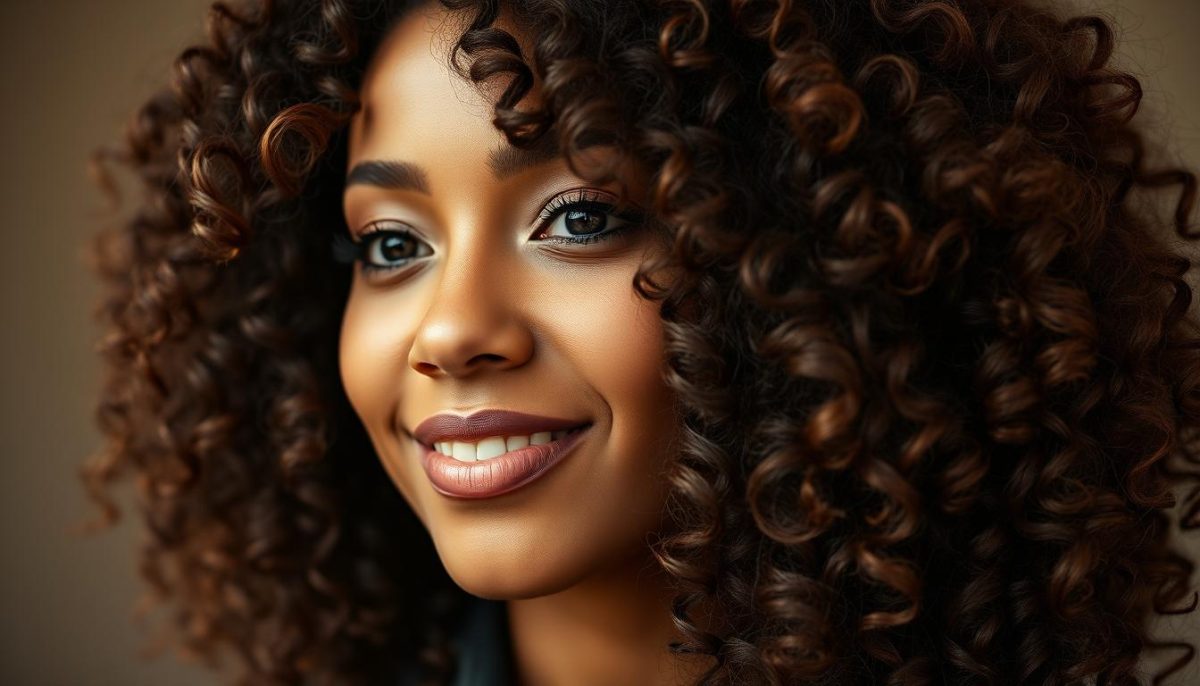
Straight Hair: Sleek and Smooth
Straight hair is known for its sleek look and flexibility. It can be styled many different ways. Choosing the right products and methods is crucial for beautiful straight hair.
Recommended Products for Straight Hair
To get the best results, we pick from a range of products made for straight hair. Use smoothing serums and lightweight conditioners to add shine and control frizz. Our top picks are:
- Kenra Professional Smoothing Serum
- Moroccanoil Treatment
- Paul Mitchell Super Skinny Serum
Tips for Maintaining Shine and Health
We should steer clear of too much heat styling to keep our straight hair shiny. Use regular conditioning treatments and heat protectants. This keeps it healthy and shiny.
Styling Options for Straight Hair
Straight hair gives us many styling choices. We can get a sleek, polished look with flat irons or soft waves with curling wands. Our favourite styling methods are:
- Using a flat iron for a chic, straight finish
- Creating beachy waves with a curling wand
- Experimenting with updos for special occasions
Textured Hair: Celebrating Natural Beauty
Textured hair represents natural beauty perfectly. It needs special care and the right products to bring out its best. Giving textured hair the respect it deserves keeps it vibrant and healthy.
Ideal Products for Textured Hair
Choosing the right products is key for beautiful textured hair. Look for moisturising creams and deep conditioners. They should lock in moisture and fight dryness. Brands like SheaMoisture and Cantu are great. They meet textured hair’s needs, making it soft and less frizzy.
Caring for Textured Hair vs. Other Types
Textured hair care is different from other hair types. It’s all about being gentle. Use sulphate-free shampoos to keep the natural oils. Regular conditioning is also crucial. It helps keep the hair’s moisture balance.
Styling Tips for Textured Styles
Styling textured hair lets us be creative and keep our hair healthy. Braids, twists, or buns look good and protect the hair. Choose lightweight styling products, like curl creams or gels. They hold the style without making hair crunchy, letting your curls look their best.
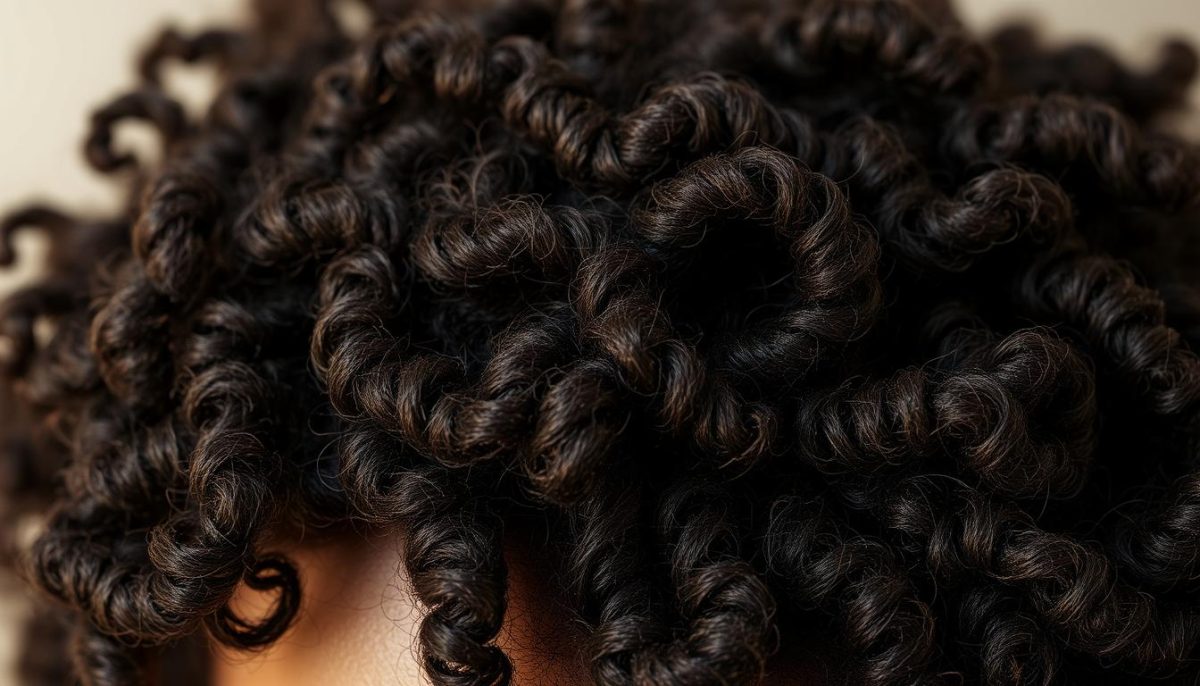
The Importance of Hair Moisture
Keeping your hair hydrated is crucial, no matter what type of hair you have. Without enough moisture, our hair turns dry, breaks easily, and gets damaged. If we make sure our hair stays hydrated, it not only looks shiny but also stays healthy and strong. Learning and applying moistening tricks to our hair care routine can make our hair lively and easy to manage.
Why Hydration Matters for All Hair Types
Every type of hair needs moisture in its own way. If you have straight hair, keeping it moist will help fight frizz and make it shine. People with wavy hair see their waves look better with the right hydration. Curly and coily hair types, especially, need more moisture because their shape stops natural oils from spreading easily. By focusing on adding moisture back into our hair and picking the right products, we can bring our hair back to life.
Moisturising Tips for Each Hair Type
There are specific ways to ensure each hair type gets enough moisture. Here are some useful tips:
- Straight Hair: Choose light hydrating sprays or serums that keep hair light.
- Wavy Hair: Use moisturising creams or leave-in conditioners to help with wave shape and lower frizz.
- Curly Hair: Look for thick creams and do deep condition often to keep moisture in and define curls.
- Coily Hair: Pick thick oils and creams for deep hydration, especially on the ends to prevent dryness.
The Role of Heat in Hair Care
We often use heat styling tools like straighteners and curling irons to get stunning hairstyles. But, these tools can damage our hair if we’re not careful. It’s important to know that different hair types react differently to heat. So, we need to learn how to protect our hair properly.
How Heat Affects Different Hair Types
Straight and delicate hair usually gets damaged more by heat. If your hair is fine or colour-treated, you might see more brittleness and split ends. On the flip side, people with thicker hair might deal with it better. But too much heat can still make their hair dry and frizzy. Knowing this helps us pick how often and what ways to style our hair.
Protective Products to Minimise Damage
Using protective products is key to keeping our hair safe during heat styling. These products have special ingredients that shield our hair from the heat. Here are some good options:
- Kenra Thermal Styling Spray
- GHD Heat Protect Spray
- Moroccanoil Perfect Defense
Putting on these products before styling helps keep our hair healthy. It stays looking vibrant and nourished.
| Product Name | Key Ingredients | Benefits |
|---|---|---|
| Kenra Thermal Styling Spray | Polymer Blend | Provides up to 450°F heat protection |
| GHD Heat Protect Spray | Heat Protection System | Protects against styling damage while adding shine |
| Moroccanoil Perfect Defense | Argan Oil | Offers lightweight protection and keeps hair soft |
Natural vs. Chemical Products
In the world of hair care, deciding between natural and chemical products matters a lot. We think about our hair needs, looks, and what we want to achieve before choosing. Natural products are often softer on our hair and can lessen exposure to bad substances.
Benefits of Choosing Natural Products
Choosing natural hair products brings many benefits:
- Gentler Formulations: They mainly use ingredients from plants and avoid harsh chemicals that dry out hair.
- Environmentally Friendly: A lot of natural brands also care about the earth, aiming for sustainability while looking after our hair.
- Healthier Hair: Using natural ingredients can feed our hair better, leading to stronger and healthier hair overall.
When to Consider Chemical Treatments
Though natural hair products are great for everyday, chemical treatments can sometimes be what you need:
- Severe Damage: For serious issues like ongoing frizz or breakage, specific chemical treatments can make hair easier to manage.
- Specific Needs: If you want results that natural options can’t give, like changing hair colour or permanent straightening, chemicals might be the way to go.
- Professional Application: It’s best to get advice from a stylist to make sure chemical treatments are used safely and do the job well.
Understanding Ingredients: What to Look For
When choosing hair care products, knowing the ingredients is key. Different hair types need specific ingredients to look and feel great. For example, coily hair benefits from rich oils and butters. On the other hand, straight hair does well with smoothing agents. It’s crucial to pick the right ingredients for healthy hair.
Key Ingredients for Each Hair Type
It’s important to know which ingredients are best for your hair type. This helps keep your hair healthy and looking good. Here’s a quick guide:
| Hair Type | Essential Ingredients | Benefits |
|---|---|---|
| Curly | Shea Butter, Coconut Oil, Jojoba Oil | Provides moisture, defines curls, reduces frizz |
| Straight | Silicones, Argan Oil, Aloe Vera | Enhances shine, smoothens hair, prevents static |
| Textured | Castor Oil, Glycerin, Honey | Locks in moisture, nourishes scalp, promotes growth |
Ingredients to Avoid for Healthy Hair
It’s just as important to know which ingredients to avoid. Some ingredients can harm your hair health. Here are a few bad ones:
- Sulfates – can strip natural oils and lead to dryness
- Parabens – potentially disrupt hormonal balance
- Alcohol – causes hair to dry out and become brittle
- Formaldehyde – linked to irritation and damage
Customised Routine for Our Hair Type
Finding a hair routine that matches our unique hair type is key to keeping our hair healthy and looking great. Once we know our hair’s specific traits, we can pick the best products and routines for it.
Building a Hair Care Routine Tailored to Us
We start by figuring out what our hair needs. Then, we choose products that meet these needs. A good hair routine might have:
- The right shampoo and conditioner for our hair type.
- Special treatments, like deep conditioners or masks, for our hair’s health.
- A washing schedule that’s best for our scalp and hair.
- Styling products that work with our hair’s natural texture.
Incorporating Seasonal Changes in Hair Care
Changing our hair care with the seasons is important because the weather affects our hair. Depending on the season, we might need to change our hair routine. For example:
- In winter, we might use heavier conditioners to stop dryness.
- In summer, lighter products keep our hair from getting too oily.
- Humid weather might call for products that fight frizz.
Finding the Right Tools
Choosing the right hair tools is crucial for getting the looks we want and keeping our hair healthy. Different hair types need specific tools for care that make styling easier. From hot tools that make curls to brushes that help with detangling, knowing which tools suit our hair type makes them work better and gives us nicer results.
Tools that Complement Each Hair Type
- Curling Irons and Wands: Perfect for those with straight or wavy hair who want more defined curls.
- Straighteners: Great for curly or textured hair, helping to get sleek, smooth styles.
- Round Brushes: Good for adding volume and waves to straight or slightly wavy hair.
- Wide-Tooth Combs: Best for detangling curly or textured hair without causing damage.
- Hair Dryers with Diffusers: A must for drying curly hair, enhancing natural curls, and stopping frizz.
How to Use Hair Tools Effectively
To make the most out of our hair tools, we need to follow these tips:
- Start with clean, dry hair when using heat-based tools to avoid harm.
- Pick the right heat setting for your hair type; less heat for fine hair, more for thicker hair.
- Style hair in sections for even, thorough results.
- Use heat protectants to guard against heat damage.
- Keep brushes and tools clean to get rid of product build-up and maintain their performance.
Expert Tips for Healthy Hair
Keeping our hair in good shape means finding what works best for us. Experienced professionals can help us choose the right products and treatments. Knowing these tips helps us keep our hair looking great.
Maintaining Hair Health by Type
Each hair type needs its own care plan. Here’s what you should know:
- Curly Hair: Hydration is key. Use leave-in conditioners and oils. Deep conditioning fights dryness.
- Straight Hair: Go for serums to keep it shiny and smooth. Regular treatments protect from damage.
- Textured Hair: Moisture matters a lot. Use natural oils and butters for healthy, defined looks.
Regular Treatments and Their Benefits
Regular treatments make a big difference in hair care. Here are treatments to include:
- Deep Conditioning: Gets deep into hair to bring back moisture and flexibility.
- Scalp Massages: Boosts blood flow to the scalp, leading to stronger hair growth.
- Protein Treatments: Strengthens hair. This reduces breakage and keeps hair strong.
Our Personalised Product Recommendations
Choosing the right stuff for your hair type can really boost your hair’s health. We aim to steer you through the maze of options for curly, straight, or textured hair. Our recommendations for each hair type are below, plus tips on where to shop for the best hair care products.
Top Picks for Each Hair Type
Based on research and advice from experts, we’ve chosen our top products for different hair needs:
| Hair Type | Product Name | Brand | Where to Buy |
|---|---|---|---|
| Curly Hair | Curl Defining Cream | Kenra Professional | Available at local salons and online retailers |
| Straight Hair | Sleek and Shine Shampoo | Moroccanoil | Purchase at beauty supply stores and online |
| Textured Hair | Moisture Lock Leave-in Conditioner | Cécredit | Find at department stores and from e-tailers |
Where to Buy and Try These Products
It’s simple to shop for our recommendations. Check out local stores and online to find where to buy hair care essentials. Many brands have special offers or samples so you can try before buying. This helps make sure you pick the best product for your hair’s needs.
Conclusion: Celebrate Our Unique Hair
As our journey in hair care winds down, let’s cheer for our unique hair kinds. Embracing our hair’s diversity not just boosts our own identity but also strengthens our community. Every hair strand has its own story, showing where we come from and who we are. It’s these differences that make life more colorful.
Learning about hair care lets us pick the right products and routines. Knowing what our hair needs, whether it’s curly, straight, or textured, helps us look our best. By valuing every type of hair, we see how special each person’s locks are to their identity.
In the end, as we keep learning about hair care, let’s cheer on our hair. Accepting our differences makes everyone feel welcomed and valued. Every time we comb our hair, it’s a reminder that all hair types deserve care and love. Let’s keep talking and learning as we move towards healthier, stunning hair.

